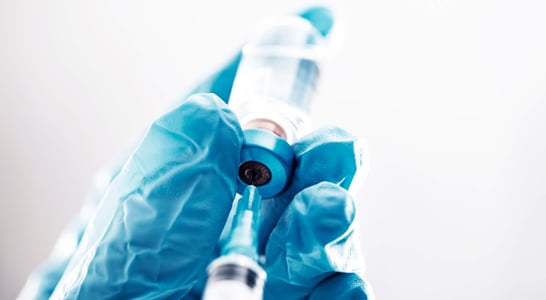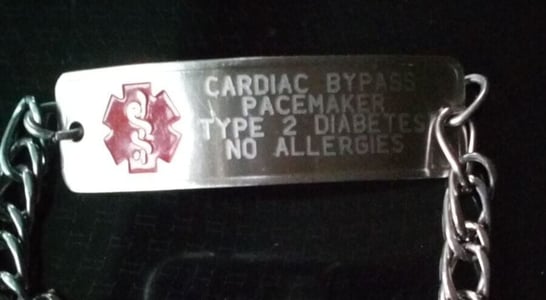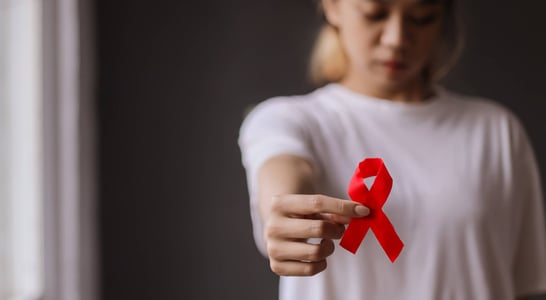
National Healthy Skin Month
Preserving skin health ensures longevity, radiance, and shields against environmental stressors for a healthy complexion.
The skin is the largest organ of the body, so taking good care of it is an excellent way to live a healthy and happy life. With one in five Americans developing skin cancer by the age of 70, it is vital that people learn to take care of their skin and work to prevent problems. National Healthy Skin Month offers an ideal opportunity for medical professionals, educators and basically everyone to give their skin the attention it deserves!
History of National Healthy Skin Month
The inaugural celebration of National Healthy Skin Month took place in 1997 when it was launched by the American Academy of Dermatology (AAD). The purpose behind founding the event was to encourage people to pay attention to their skin, build into healthy skin care habits, and protect their skin for a healthier lifestyle. Since that time, National Healthy Skin Month has become an annual event, taking place for more than 25 years and still going strong.
How to Celebrate National Healthy Skin Month
Say yes to beautiful, healthy skin by celebrating National Healthy Skin Month with some of these plans, activities and reminders:
Protect That Skin
National Healthy Skin Month comes toward the end of the calendar year, reminding women and men to take care of their own skin, as well as parents taking care of their children’s skin. The American Academy of Dermatology recommends that all children, regardless of their skin tone, wear a sunscreen of SPF 30 or more.
Adults should also wear sunscreen on a daily basis all throughout the year, even on cloudy days when 80% of UV rays can come through the clouds and still cause skin damage. Choosing a daily moisturizer with an SPF factor is a great way to make sure that the skin is protected from those dangerous sun rays that not only accelerate aging but also can cause skin cancer.
Get a Skin Check or Screening
An excellent way to observe National Healthy Skin Month might be to make an appointment with a dermatologist to get a skin check. Certain people are more likely to be high risk for getting skin cancer and should get checks regularly, including:
- People with a family history of melanoma in two or more relatives
- Those who have a large number of moles, or any atypical looking moles
- People who have a personal history of basal cell or squamous cell skin cancers
- Those with pink or gray patches of skin that are scaly and have been exposed to the sun often
Treat Your Skin from Head to Toe
Remember that the skin encompasses all of the places that cover the body, from callouses on the feet to moles on the neck and everything in between. Certain parts of the body have skin that may require a bit more attention. The face, neck and hands, which are almost always exposed to the elements, deserve extra protection from sun and environmental damage. The skin on the feet deserves to be protected by wearing breathable socks and well-fitted shoes. And the whole body can benefit from using lotion that helps to keep it moisturized and happy!
Also in ...
View all holidaysExtra Mile Day
Adding that unexpected twist to make someone's day brighter, it's the small gestures that leave a lasting impression and create smiles.
World Vegan Day
Cook tasty plant-based meals, attend events organized by local vegan societies and enjoy a lifestyle free from animal products on World Vegan Day.
National Cinnamon Day
With an inviting aroma, this spice adds a touch of sweetness and warmth to any dish, from oatmeal to pastries.
We think you may also like...
National Immunization Awareness Month
Guarding against preventable diseases, this medical shield protects lives, safeguards communities, and honors the value of health and well-being.
Medic Alert Awareness Month
Wearable lifesavers, providing crucial medical information, ensuring prompt care and potentially saving lives during emergencies.








